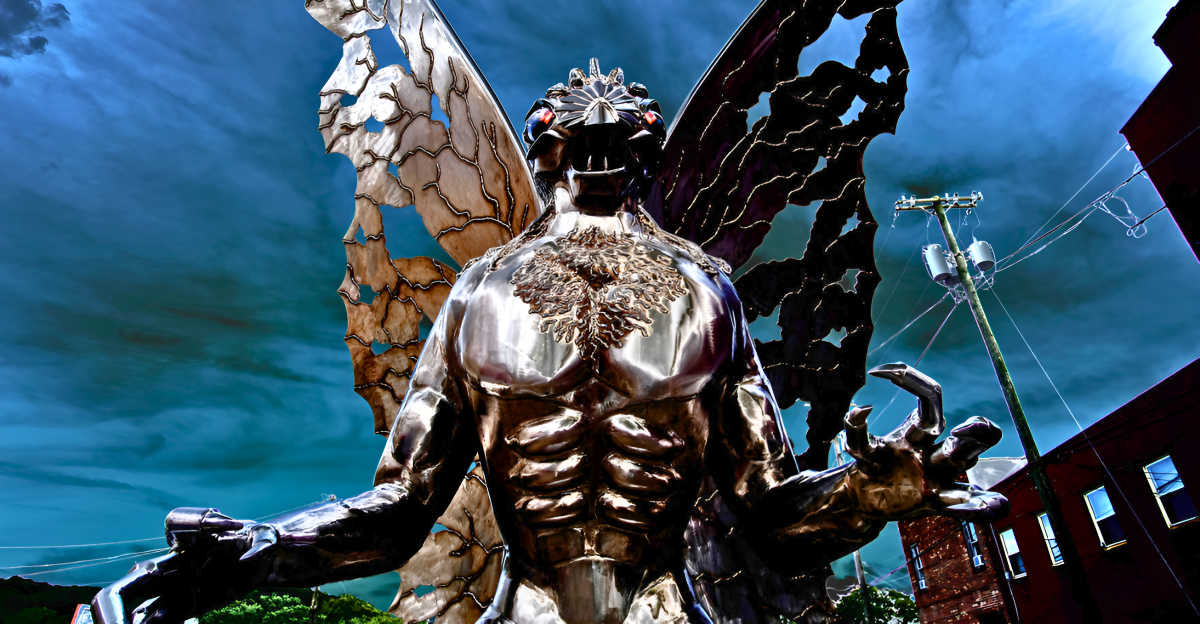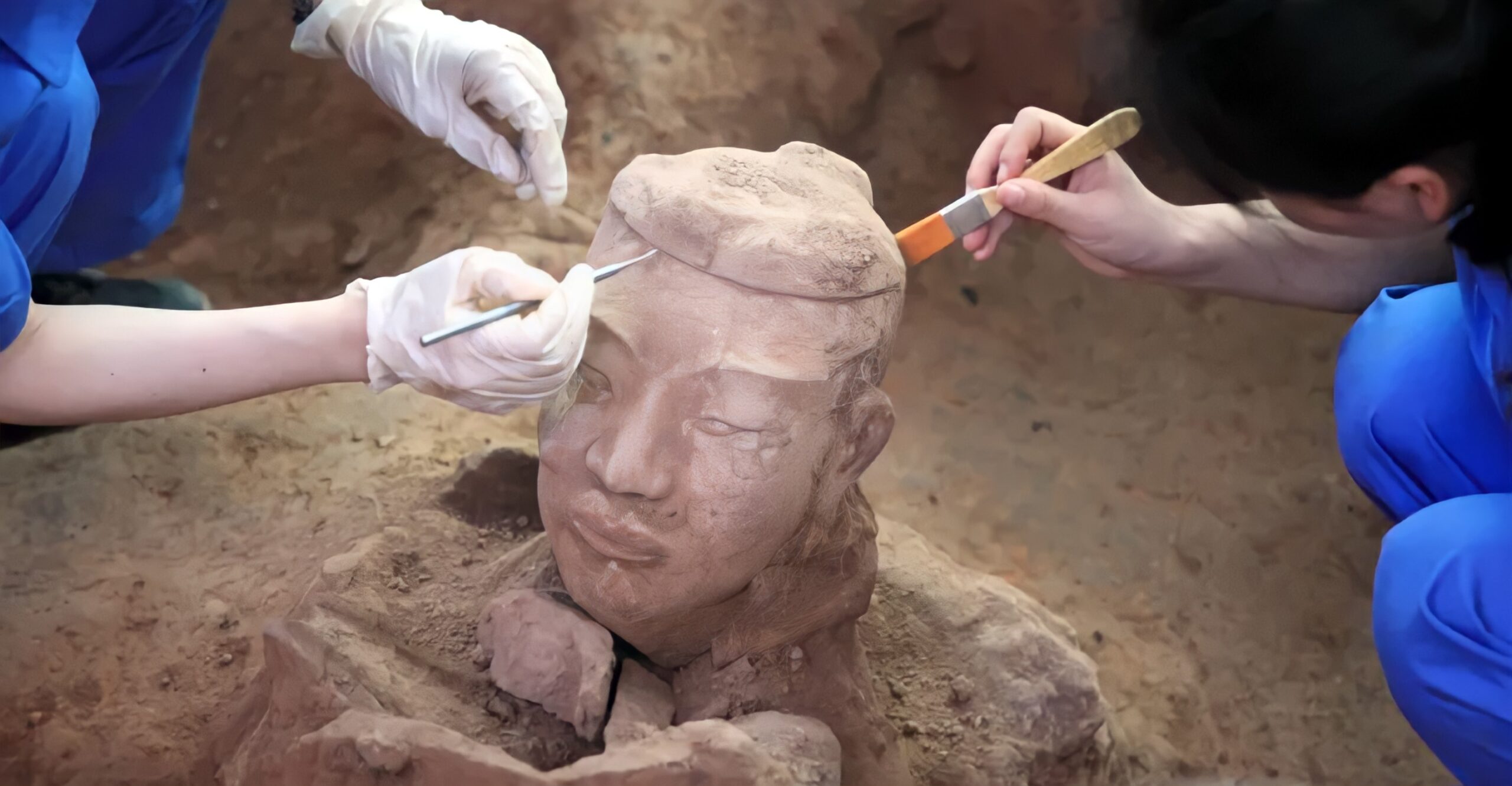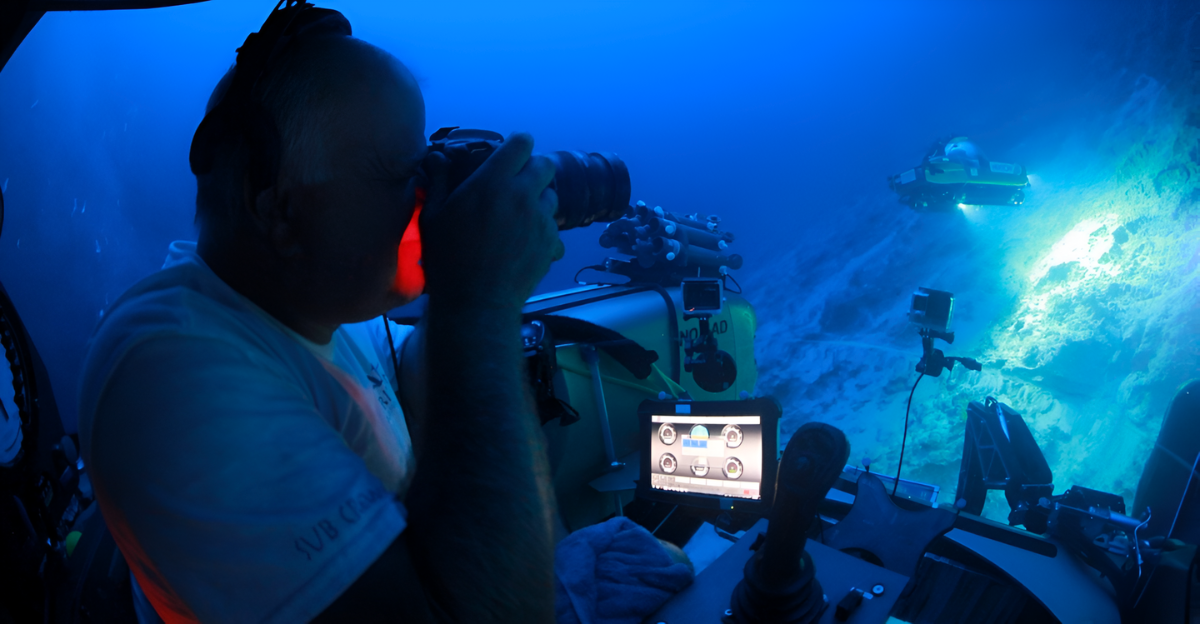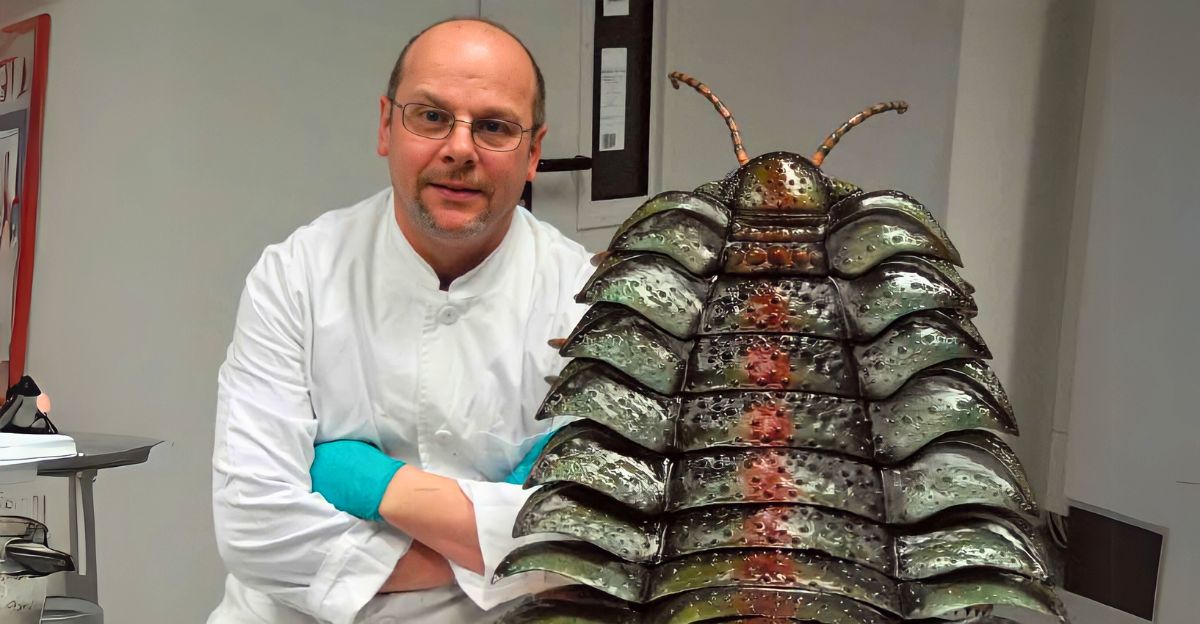
Helmetia expansa was an arthropod that lived on prehistoric Earth more than 500 million years ago. This ancient creature has been sorely overlooked amid other flashier specimens, but after more than 100 years, a study has finally cracked the code. The first fossil of the arthropod was discovered in the Burgess Shale, Canada, in 1918
The specimen has led to much confusion in the scientific community and has been misclassified in several ways, including originally classified as a crustacean. The breakthrough study has finally unlocked more information about this creature that was 100 years in the making.
An Important Fossil

Helmetia expansa has had unique aspects that have stumped scientists for nearly 100 years, such as a broad, leaf-shaped exoskeleton and other unique morphologies that made classifying it difficult. It was initially labeled as a crustacean, but it has unusual anatomy compared to similar species.
The fossil’s bizarre anatomy halted insights into how modern arthropods may have evolved for decades. The most recent study from Harvard has restudied this creature and proposed critical insights into arthropod evolution that have been absent until now.
Re-Evaluating Old Specimens
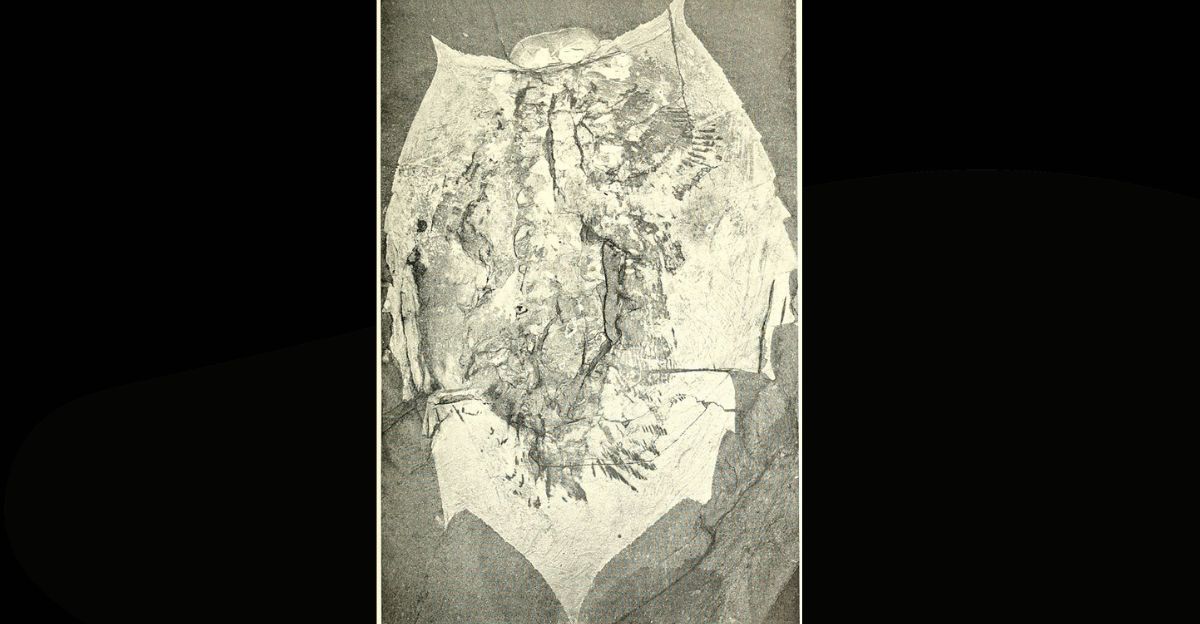
Helmetia expansa was first discovered decades ago, meaning that scientific technology was limited. This isn’t the first case where fossils were first found decades before new technology was developed, and it highlights the importance of scientists actively looking for older specimens in storage and re-evaluating old fossils that were previously studied using modern technology.
In many cases, new insights can be shared on previously closed cases—this is exactly what happened with Helmetia expansa. The Harvard study leveraged cutting-edge technology that could give researchers a better understanding of the long-dead arthropod and provide an explanation for its bizarre head and limb structures, which previously only led to confusion among leading experts in their field.
New Technology

The Harvard study used new technology, such as advanced photography with polarizing filters and light microscopy. This process is noninvasive and gives researchers a visual representation of the fossil without having to touch the fossil or damage Helmetia.
For the first time, subtle anatomical features were shown without damaging the fossil, allowing the team to view the internal anatomy, showcasing a never-before-seen part of Helmetia. These breakthroughs allowed the team to see complex soft tissues such as legs, gills, and internal organs, which were surprisingly well-preserved.
Insights Into The Animal

While previous attempts to understand the arthropod led to scientific plateaus, the new technology leveraged provided insights previously impossible without damaging the fossil. The discovery that the ancient creature had legs for walking disproved previous hypotheses that it lacked legs and was a free-swimming animal.
With this knowledge, researchers could draw the hypothesis that it most likely walked on the bottom of the seafloor. The discovery of gills and antennae suggests it was a benthic crawler that scavenged to sustain itself.
Where Does It Fit Into Evolution?

With the new insights into Helmetia’s anatomy, researchers were finally able to classify the ancient arthropod properly. The new understanding is that Helmetia was an ancient relative of modern arthropods that branched off the evolutionary tree.
Helmetia has recently been placed in a new, redefined family called Helmediidae, which is part of the broader Conciliterga group. Helmetia may not be a direct ancestor of modern arthropods. Still, it no doubt shares a common ancestor with them, helping to flesh out and understand arthropod evolution during the Cambrian Explosion.
The Cambrian Explosion

Helmetia may have more advanced structures in its anatomy than previously thought, but it is still a far cry from modern arthropods and was more closely related to trilobites.
The Cambrian Explosion saw a huge diversity development as organisms adapted quickly and in sometimes strange ways. Some arthropods, like Helmetia, developed a unique anatomy that is rarely seen in modern counterparts today. Some of its most notable adaptations are how it molted from the front, a trait that is shared with modern horseshoe crabs.
Implications on Other Fossils

With a much better understanding of Helmetia, scientists hope to use the study as an example of how reinvesting in old scientific studies with new technologies can yield new and surprising results.
Over the decades, Helmetia may not be the only arthropod that has been misclassified due to limited fossil preservation and outdated examination methods. Now that technology ushers in an era where fossils can be examined both inside and out while keeping the fossil intact, many more insights and revelations on other extinct species can be gained.
Sarah Losso

The research team responsible for these amazing insights is Sarah Losso and her team. The Harvard study of Helmetia spent years carefully studying every small detail of 36 fossils, slowly gaining important insight into their unique anatomy. The research team continued their work while others may have doubted that new technology could bring new insight into a one-hundred-year-old fossil that had already been examined.
Their perseverance showcases how scientific frontiers are always being pushed as new technology emerges and can be utilized for even old and overlooked artifacts. The technology could be leveraged in more than just paleontology, such as archaeology and medical science.
Future Efforts

With the story of Helmetia finally being finished through new scientific efforts, there are many more discoveries to be made. Many Harvard scientists continue to look to the Burgess Shale, where Helmetia and many other Cambrian arthropods were found, for discovery and research similar to Cambrian fossils and ultimately build a more comprehensive database for future study.
Helmetia stands as a reminder that evolution was a tapestry of experimental adaptation and showcases how early arthropods grew, molted, and evolved over millions of years.


